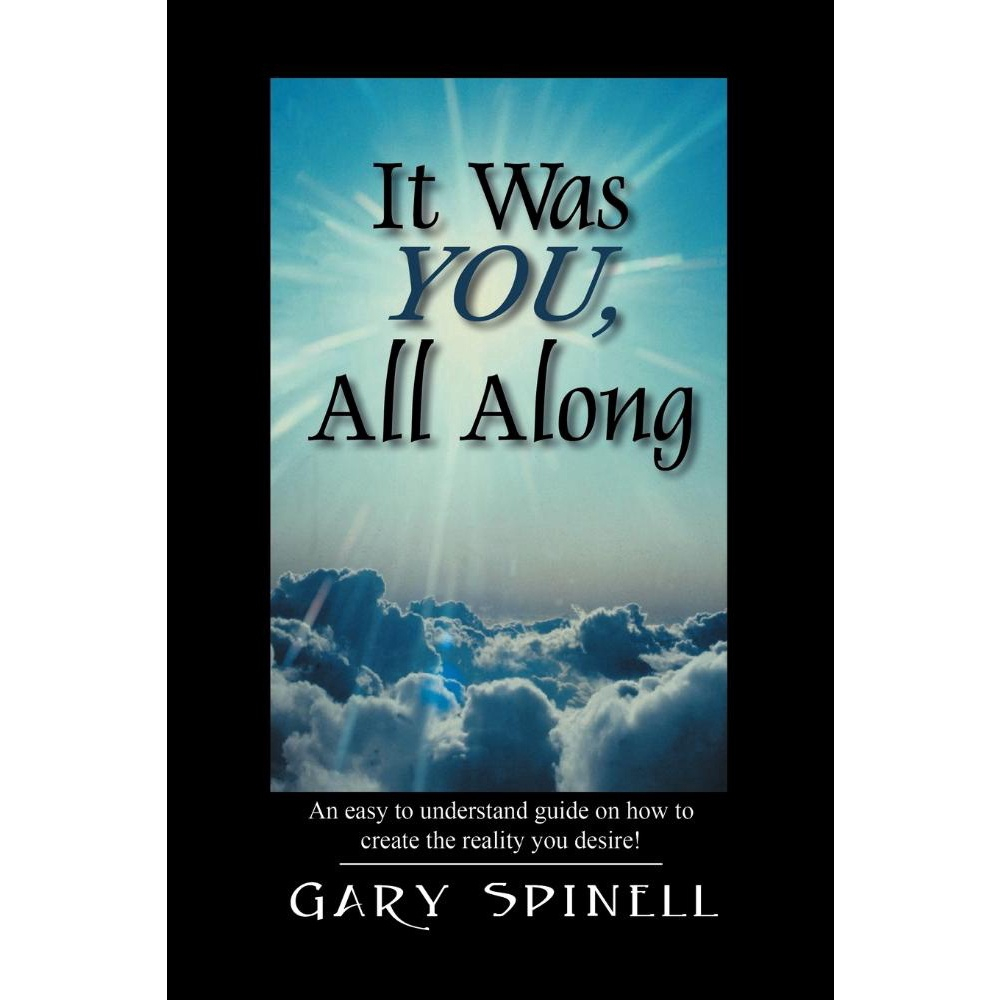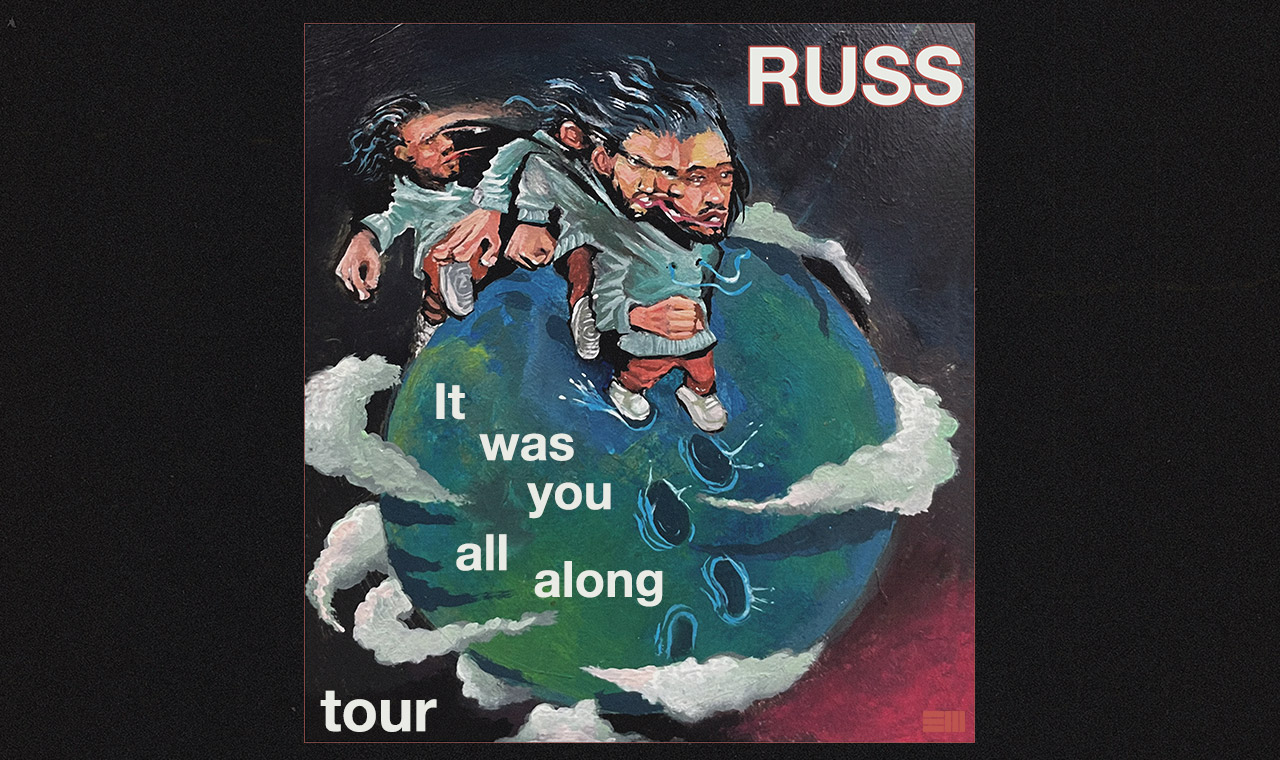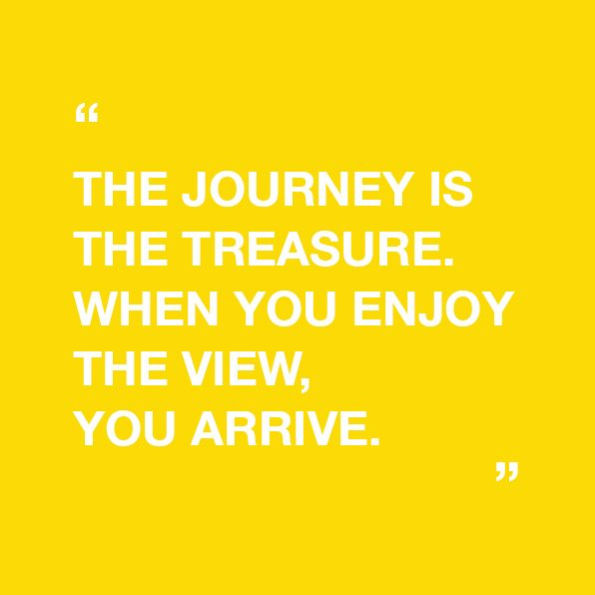Borrow It Was You All Along

The aroma of freshly brewed coffee hung heavy in the air, mingling with the scent of aged paper and well-worn leather. Sunlight streamed through the large windows of the "Community Exchange Center," illuminating rows of books, tools, and kitchen appliances, all neatly arranged and ready for their next adventure. A small group gathered, their faces alight with anticipation, not for a purchase, but for the sheer joy of sharing.
At the heart of this burgeoning trend lies the concept of borrowing – a radical shift away from rampant consumerism towards a more sustainable and community-focused lifestyle. The Borrow It Was You All Along movement is taking root in neighborhoods across the country, fostering connection, reducing waste, and redefining the very meaning of ownership.
The Seed of an Idea
The movement's genesis can be traced back to a small town in Oregon, where a librarian named Sarah Miller noticed a troubling pattern. Patrons were increasingly requesting the same high-cost, low-use items: power tools for one-off projects, fancy kitchen gadgets gathering dust in cupboards, and camping gear used only once a year.
"It struck me as incredibly wasteful," Miller recalls. "People were spending a lot of money on things they barely used, contributing to landfills and cluttering their homes. There had to be a better way." This realization sparked the idea for a community lending library, not just for books, but for everything.
Armed with a passion for sustainability and a deep understanding of her community's needs, Miller began to lay the groundwork. She secured a small grant from the local council and transformed a vacant storefront into the first "Community Exchange Center."
Building a Community
The center quickly gained traction. Residents donated their unused items, creating a diverse inventory of tools, equipment, and even party supplies. A simple online catalog allowed members to browse the collection and reserve items in advance.
But the center was more than just a place to borrow things; it became a hub for connection. Members volunteered their time to maintain the inventory, offer workshops on repair and maintenance, and organize community events. Shared skills and knowledge blossomed.
"It's about more than just saving money," explains David Chen, a regular borrower and volunteer. "It's about building relationships, sharing resources, and creating a more resilient community. We're learning to rely on each other, not just on our wallets."
The Movement Spreads
Word of the Oregon center's success spread quickly. Inspired by Miller's model, similar initiatives began popping up in other communities across the country. From bustling city centers to rural towns, the "Borrow It Was You All Along" philosophy resonated with people seeking a more sustainable and connected way of life.
One notable example is the "Neighborhood Tool Shed" in Minneapolis. Founded by a group of neighbors concerned about the environmental impact of disposable culture, the tool shed offers a wide range of gardening and home improvement equipment. According to their website, the tool shed has diverted tons of waste from landfills.
The success of these initiatives is fueled by a growing awareness of the environmental and social costs of consumerism. Studies have shown that excessive consumption contributes to climate change, resource depletion, and social inequality.
A report by the Ellen MacArthur Foundation highlights the potential of the circular economy, which emphasizes reuse, repair, and recycling, to create a more sustainable and equitable economic system. Borrowing and sharing initiatives like "Borrow It Was You All Along" are playing a vital role in this transition.
Challenges and Opportunities
Despite its growing popularity, the movement faces challenges. Funding, space constraints, and volunteer recruitment are ongoing concerns. Ensuring the quality and maintenance of borrowed items also requires careful management.
However, these challenges also present opportunities for innovation. Many centers are exploring partnerships with local businesses and organizations to secure funding and expand their reach. The rise of online platforms and apps is also making it easier for people to find and borrow items from each other.
The Borrow It Was You All Along movement is not just a fleeting trend; it's a reflection of a deeper shift in values. People are increasingly questioning the relentless pursuit of material possessions and seeking a more meaningful and sustainable way to live.
A Future of Sharing
As the sun dipped below the horizon, casting long shadows across the "Community Exchange Center," the borrowing session drew to a close. Members exchanged smiles and thanked each other for their contributions. The air was filled with a sense of camaraderie and shared purpose.
"We're building something special here," Miller said, her eyes twinkling with hope. "We're proving that a more sustainable and connected world is possible, one borrowed item at a time."
The Borrow It Was You All Along movement is a testament to the power of community and the enduring human desire to share. It reminds us that true wealth lies not in what we own, but in what we share with each other.


/i.ebayimg.com/images/g/UskAAOSw9tJmF1qW/s-l1600.webp)















